Reportar esta entrada
Más sobre la misma comunidad-colección
Escuela secundaria Options (opciones)
Options High School opened its doors on June 4, 2007. Options is ...
Escuela secundaria Pebble Hills - El Paso, Texas
Pebble Hills High School is the newest high school in the ...
Escuela elementaria Purple Heart
Purple Heart Elementary School opened its doors under the belief ...
Veteranos de Vietnam de El Paso - 2016
El Paso, Texas: City Rep. Acosta, Dist. 3, Chair for the Welcome ...
Escuela secundaria Mission Early College
In August 2005, Socorro Independent School District and the El ...
Bienvenidos a casa Veteranos de Vietnam - 2016
Photograph - families uploading photographs of Vietnam Veterans. ...
Los Sullivan en el Cuatro de julio de 2012
The Sullivan's celebrating alongside their pet Charlie in ...
Los Sullivan disfrutando de tiempo de calidad junto con Charlie
Connie and Charlie Sullivan enjoying an embrace alongside their ...
Charles Sullivan celebrando la víspera de Año Nuevo
Local El Pasoan Charles Sullivan celebrating New Years Eve in ...
Charles Sullivan y Connie Sullivan celebrando el Día de San Patricio
The Sullivans Celebrating Saint Patrick's Day in 2011 alongside ...
Nietos de la familia dan mucho apoyo a su abuelo enfermo
From left to right: Milagro Weikel, Charles Sullivan and Andrew ...
Visita al cementerio - Charles L. Sullivan
Casey Vanderpool visiting his stepfathers grave. Charles L ...
La lápida sepulcral de Charles Sullivan
A wonderful Vietnam Veteran, Hero, My husband, my lover, my ...

















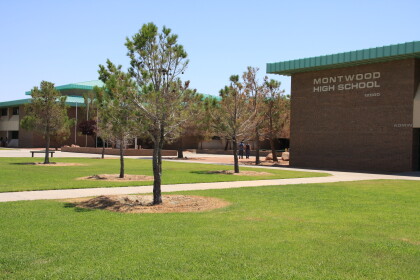
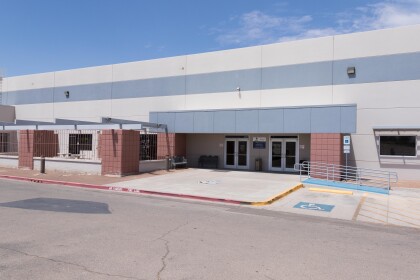
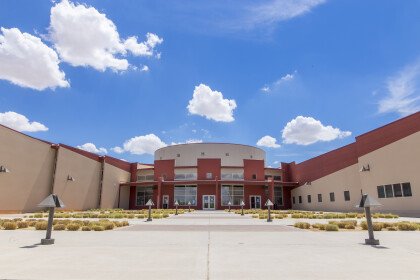
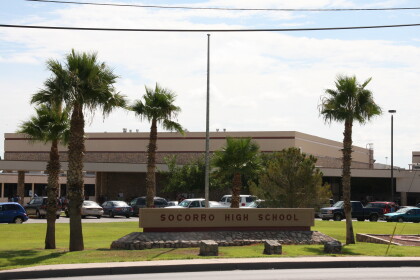
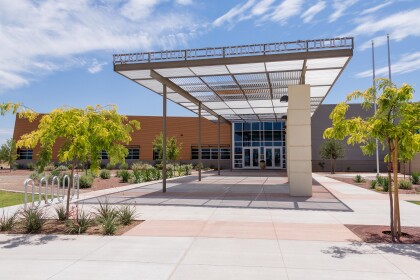
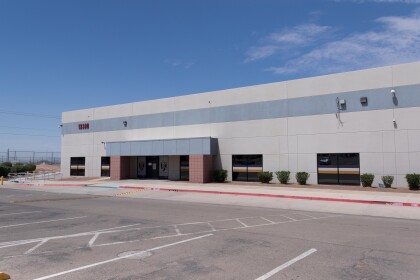
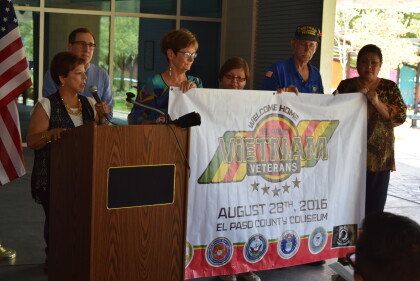
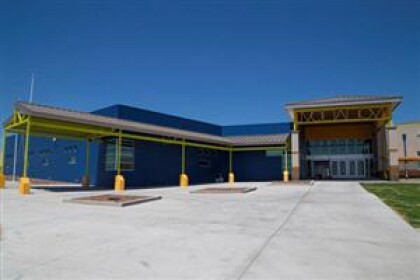
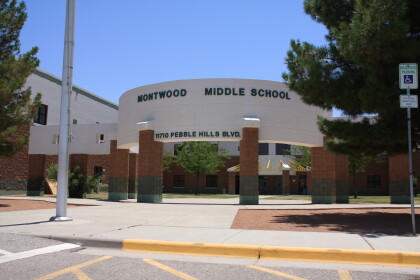
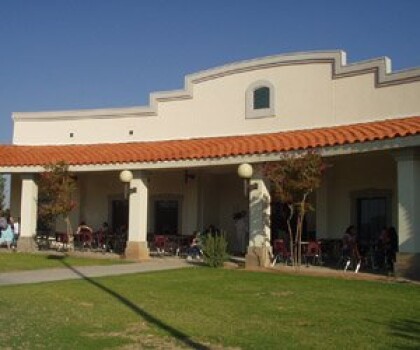
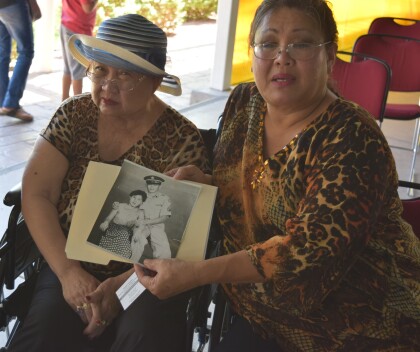
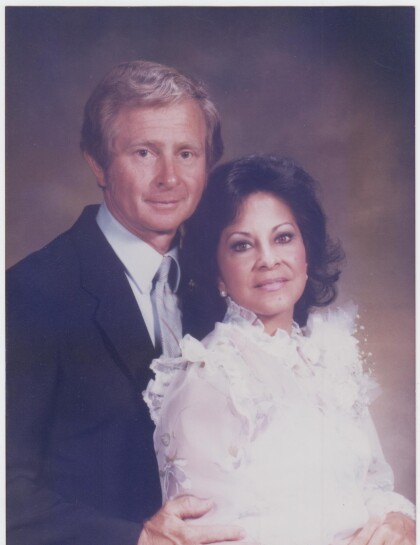
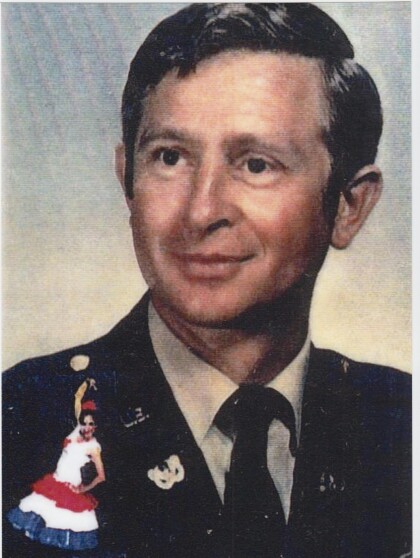

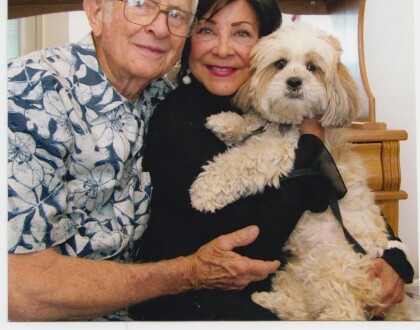
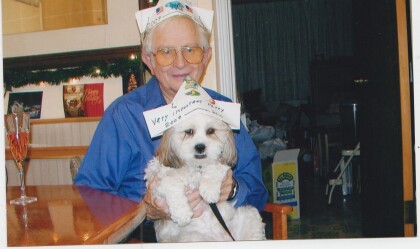

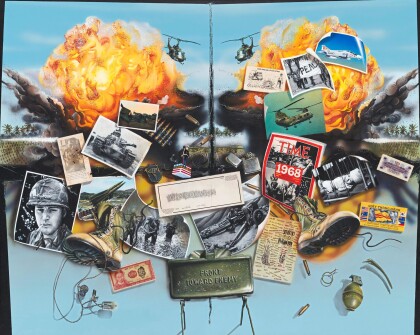
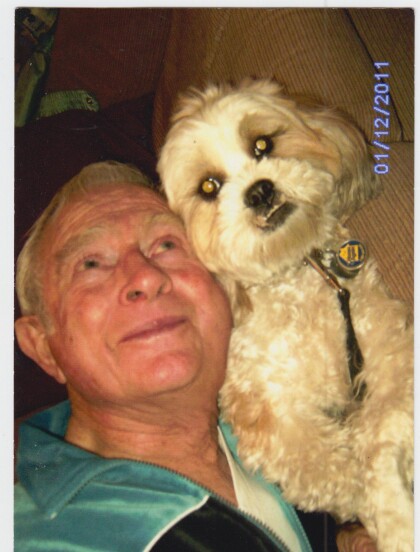
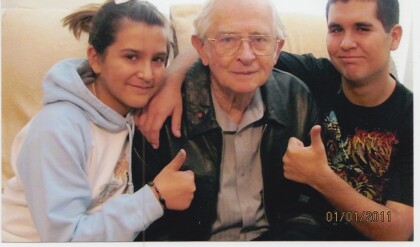
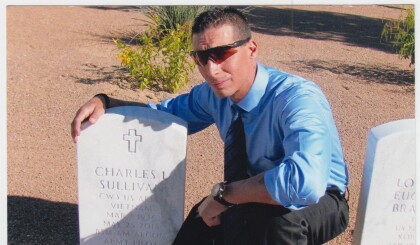
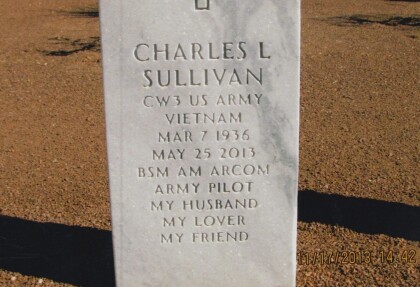

Comentarios
Hacer un comentario